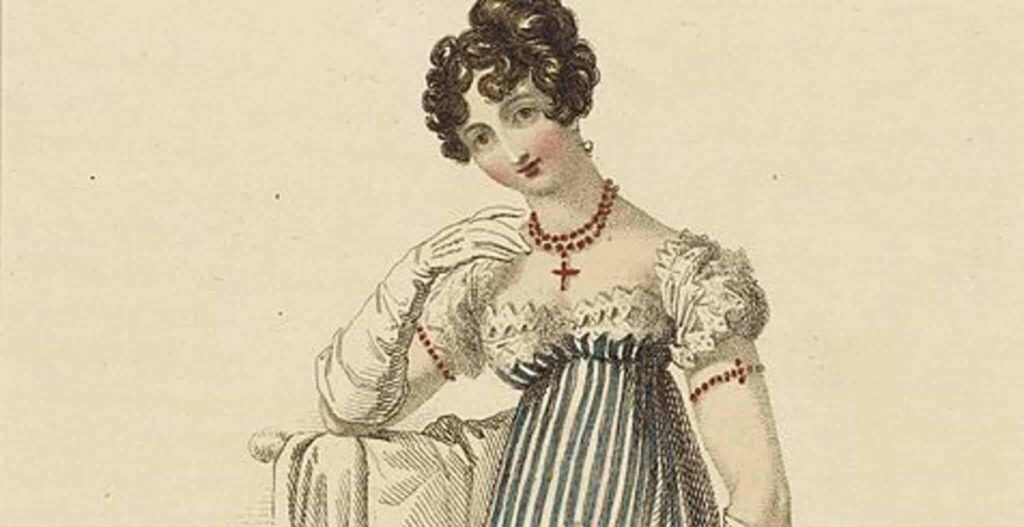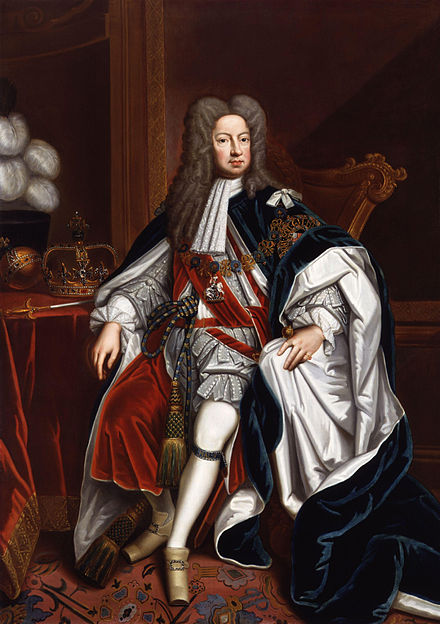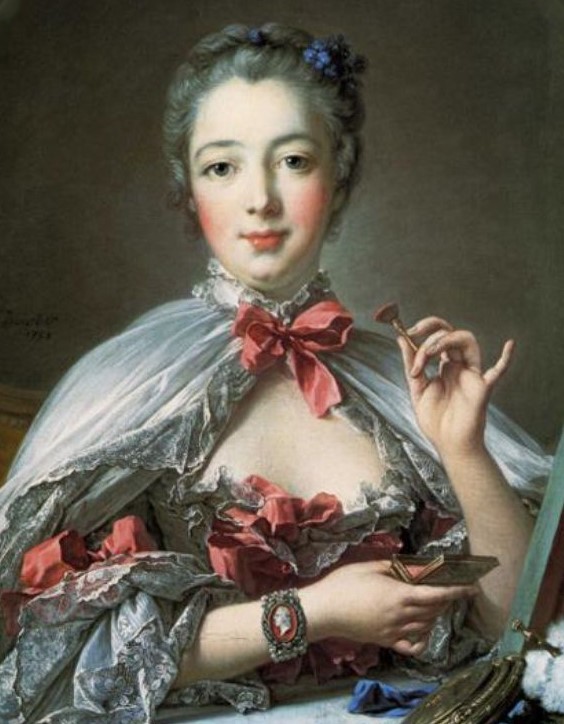Last updated on March 30th, 2023 at 05:14 am
The eighteenth century was an age of courtly excesses. In the time of King Louis XVI and Queen Marie Antoinette, the palace of Versailles outside Paris became notorious for parties of extravagance and debauchery during the height of Britain’s economic growth. It was an age of decadence that often manifested itself in how people appeared.
Courtly men and women wore excessive dresses and wigs, which were completely impractical for any kind of physical work. Rather, fashion was an expression of their ability to not have to work.
But while we are all familiar with the images of courtiers made up like this in the eighteenth century through popular culture representation, what is sometimes less understood is that these people were causing themselves incredible harm by dressing in this way. Here we explore the deadliest fashion trends of the Georgian era.

Pre-Georgian Cosmetics
It should be noted that while discussing the dangers of eighteenth-century cosmetics, what preceded them in the sixteenth and seventeenth centuries was not any better. In the Renaissance and early modern era, women in the courts of Europe used a wide range of makeup and other cosmetic products.
These contained substances like arsenic and lead, which we now know to be extremely hazardous to one’s health, especially if applied to the face, lips, and other exposed areas in large amounts and on an almost daily basis. However, what changed in the eighteenth century was the degree to which such substances were being used.
The Georgian Period
But first, what exactly was the Georgian era? This is the period from 1714 when the Stuart line of kings and queens ended out in Britain, and the new royal dynasty known as the Hanoverians came to rule England, Scotland, Wales, and Ireland.
The first three monarchs of the Hanoverian dynasty, who collectively ruled Britain and Ireland from 1714 down to 1820, were George I, George II, and George III. Accordingly, this period lasting over a century, is typically known as the Georgian era.

Georgian Cosmetics
During the Georgian era, cosmetics and extravagant fashion prevailed across European high society. Elaborate wigs became as common at royal courts as suits were in the twentieth-century office space.
Makeup was also commonly used by men and women as well. One of the main purposes was to make one’s skin appear white and cheeks red.
This often involved substances like white pigment powder, the base of which was corn starch and rice powder. However, it also consisted of substances like alum and lead, both of which are poisonous in their own ways.
Rouge was used to lend a pink or reddish tone to one’s cheeks, but this, too, involved harmful materials. Perhaps the most dangerous ingredient was cinnabar, a type of red-colored lead.
Yet, beauty trends did also change across the Georgian era, particularly so from the 1770s onwards, as attitudes towards royal and noble excess turned in light of the American Revolution, and then the French Revolution.
During this change, the Romantic period of British literature and culture developed from the 1790s onwards. This turned into trends leaning more towards a simplistic form of beauty regimens becoming fashionable.
Yet, even this involved the use of some harmful substances, and while the application and pigments changed, the use of highly poisonous, lead-based substances did not disappear even as the appearance of the average Georgian man or woman changed.
Georgian Wigs
Georgian wigs also came with their hazards. One took pride in having elaborate headdresses at court during the eighteenth century. Underneath, their natural hair was effectively hidden. These wigs, often standing a foot or more over their head, were enormously complicated to put in place and secure.
Because of these complications, most people did not remove them daily. However, this was at a time when small parasites like lice could easily thrive, and this created widespread infestations underneath the wigs.
Somewhat disgustingly, when eighteenth-century nobles removed their wigs to eventually clean their natural hair and scalp, they were often cleaning around sores and other abrasions on their head brought about by years of follicle abuse.
How Deadly Were They?
What was the overall impact of this beauty regimen on the health of the lords or ladies at the court of King George I, King George II, or King George III?
Not good, to say the least. Regular use of such cosmetics led to extreme health risks. Lead poisoning can lead to digestive problems and many other ailments, including deteriorating eyesight and death eventually with high exposure. Cinnabar is highly toxic and is effectively a form of mercury.
Today we know that mercury poisoning creates a wide variety of health problems, with similar symptoms to mild radiation poisoning. These can vary from physical to neurological. But lead and mercury were the two most prevalent toxic substances in cosmetics during this time.

Arsenic, a hang-up from the earlier Renaissance cosmetics which we explored earlier, was also still being used. Given its association today with being a straightforward form of poison, it should be clear how deadly this was.
However, overall these cosmetics did not typically lead to immediate death. The poisonous substances in cosmetics were generally used in such low quantities and in such a manner that their impact was relatively unnoticeable in the short term. But when used on an almost daily basis for decades, they began to lead to drastic health implications and eventually mortal ones. What was more, they were self-perpetuating.
The more that the nobles and courtiers used these substances, the more physically harmful this was to their skin. Because of this, the tendency to use even greater amounts of lead and mercury-rich products increased, creating a downward spiral into more deadly health issues with longer-term consequences.

